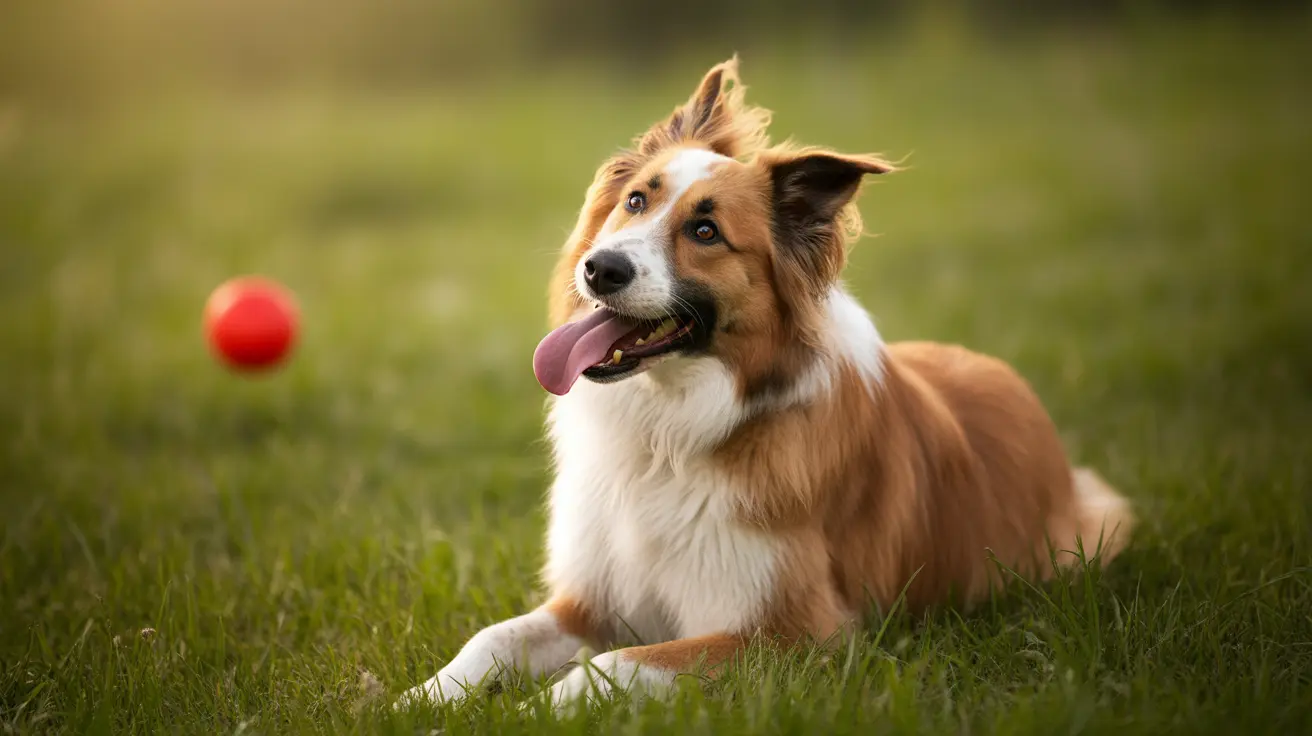How to Train a Dog with a Shock Collar to Stay in the Yard
Electronic dog collars, or e-collars, can be valuable tools for reinforcing training and managing behavior when used correctly. To train a dog to stay in the yard using a shock collar, it's essential to combine traditional obedience training techniques with appropriate use of the device. Here's a comprehensive guide for dog owners seeking ethical, effective methods for boundary training.
Understanding the Shock Collar
Shock collars are training pieces delivering mild electrical stimulation through contact points on the dog's neck. Modern models often include tone and vibration options for warning or cueing before using static stimulation. Proper use aims to reinforce commands without causing fear or panic in the dog.
Preparation and Introduction
- Familiarize your dog with the collar by letting it wear the device for several days without activating it. This prevents collar-wise behavior.
- Proper collar fit: Prongs must contact the skin without being too tight. Ensure one finger fits between the collar and neck.
- Charge or insert batteries in the collar and remote and test their functionality beforehand.
Foundation Training with Commands
Before boundary training, your dog must understand and respond reliably to basic commands like “come,” “sit,” “stay,” and “heel.” Use leash pressure, treats, and praise to instill these behaviors. This base ensures that shock collar cues build on a known framework.
Finding Your Dog’s Recognition Level
Begin with the collar on its lowest level. Observe your dog for any slight response such as an ear twitch or head turn. Gradually increase the level only if there is no reaction. The ideal level causes awareness without distress.
Teaching Yard Boundaries
- Identify boundary markers visually or with flags around the yard to give your dog a physical reference.
- Walk your dog on-leash along the boundary. When nearing the edge, give a verbal command (such as “back” or “yard”) and guide them away.
- Introduce collar stimulation when they cross the line. Deliver the signal and reinforce with leash guidance back into the yard. Immediately reward with praise or treats for compliance.
- Repeat consistently over several sessions until your dog reliably avoids the boundary area with only verbal or tone cues.
Using the Shock Feature Responsibly
Reserve shock usage for real-time corrections. Never press the button after the behavior has ended. Avoid holding the stimulation for more than a few seconds. Instead of punishment, aim to interrupt action and redirect.
Additional Training Tips
- Start each session with traditional training to build trust and engagement.
- Stimulations must be clear and brief, paired with appropriate commands and leash movements.
- Use tone or vibration as attention cues once the dog associates them with action.
- Monitor the dog’s neck daily and rotate collar position to avoid pressure sores.
- Never leave the collar on overnight or when unsupervised.
Use Cases and Cautions
Shock collars can be effective in critical moments, such as preventing escape into a busy street. However, they are not suitable for fearful or anxious dogs, as they could worsen behavioral issues. Consulting with a professional trainer is highly recommended before beginning e-collar training, particularly for complex scenarios.
Consistency and Long-Term Success
The ultimate goal of e-collar training is to phase out the device. With repetition and reward-based reinforcement, your dog should begin to follow commands based on verbal cues and conditioned habits, not dependence on collar stimulation. Over time, consistent use and responsible training can create a reliable off-leash partner who respects yard boundaries without requiring correction.
Conclusion
Shock collars, when used ethically and correctly, can support boundary training by reinforcing known behaviors and helping prevent potentially dangerous situations. Prioritize positivity, clarity, and timing in your training. Always start with foundational obedience and use the collar as a communication tool, not punishment. With patient training and regular practice, your dog can enjoy safe outdoor freedom while staying securely within your yard.





